
If you’ve recently invested money in content production, you know it can get expensive to keep up. Rising costs, higher consumer demands, and an ever-changing content landscape calls for better cost management. However, cutting costs could also result in poor quality, which isn’t desirable. What’s desirable is making money on your existing production assets like photos, media, and content writing.
These production assets can save you considerable costs when they are used efficiently and strategically across different campaigns. Planning the creatives and its use like this can seem like time-consuming work. But once you follow our five-step process to make the best use of creatives in your campaigns, you’re poised to get your creatives streamlined for better ROI.
Why stock photos and videos are not great ROIs
Hiring a model or getting unique creatives designed can have a profound impact on your brand and conversions. It also scores over other ways like using stock photos and videos that don’t offer great returns because of these reasons.
Used everywhere
Every time you want a stock photo, you hurry to a stock-photo site and quickly pay and pick your pack. But don’t forget you’re not the only one doing so. Countless others use the same stock photos as you have and do not give your business the unique edge.
Concepts are hard to relate to commonly used photos/videos
You’re looking for photos or videos to amplify your message and take the narrative forward for your product or service that serves a niche audience. However, stock photos fall short of perfectly conveying your message.
Mistaken Identity
You’re not alone if you have been misled by a smiling face convincing you to buy. A human element works great, but it backfires when customers mistake your brand’s stock photo, leading to the wrong purchase.
Here’s the 5 step process to make best use of creatives for your campaigns.
Step 1: Prepare an exhaustive marketing calendar
The first step is to get an overview of all the marketing campaigns for the year. For this, put down all the marketing campaigns in an exhaustive marketing calendar. Capture this big picture along with all the holidays, important events, and a month-wise breakdown of all that you’ll cover. It could be blog posts, social media posts, print, PPC, email, video, or influencer campaigns.
Once you have these in place, set a realistic goal, identify the audience, and clarify the message that aligns with your marketing goals.
Step 2: Map out the content to the creatives
Deciding on the content is the next step in your marketing calendar. Because your content has to deliver a consistent customer experience, consider mapping your content to the creatives in the campaigns.
Work out the content angles well in advance so that you know which creatives go with which campaign. Getting together your content team and design team for this means you are not guessing the best use of the creatives. Instead, getting an expert opinion from your teams will likely create a cohesive plan that moves the content and production team together.
Step 3: Identify the common threads across each of the different campaigns
Mapping the content to the right creatives can be a long exercise, but once you identify the common threads across each of the different campaigns, it is all about putting the pieces together.
Consider the case where you have identified the right demographic, the social channel, and the user intent. You can position your brand to attract the right audience as Coca-Cola Scholar does it here for high-school seniors on their website.


Coca-Cola Scholar has used the same image on its website and its social media page helping in quick recall and relevance to its target audience
The other way to use creatives many times is to use them on your website and then promote them every time you have a new launch or promote your product on social media.
La Martina uses models to showcase their new arrivals and brand promotions.
Models wearing the brand are also actively used to draw attention on social media and help customers engage with them.
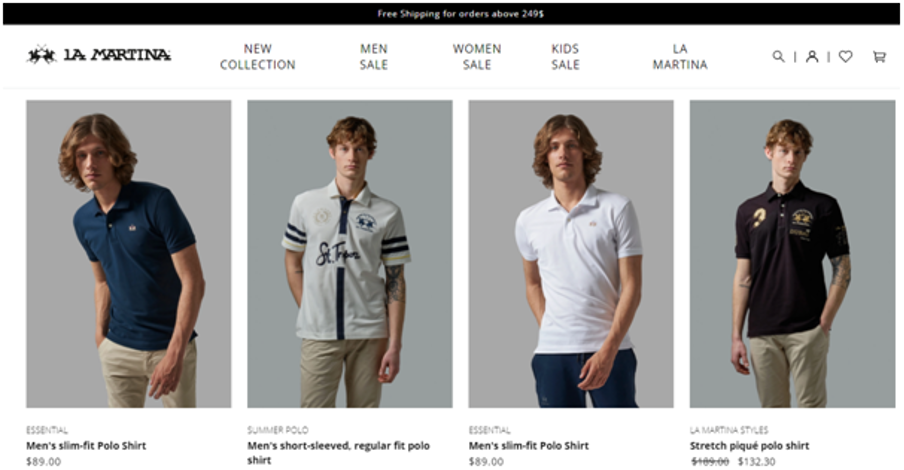
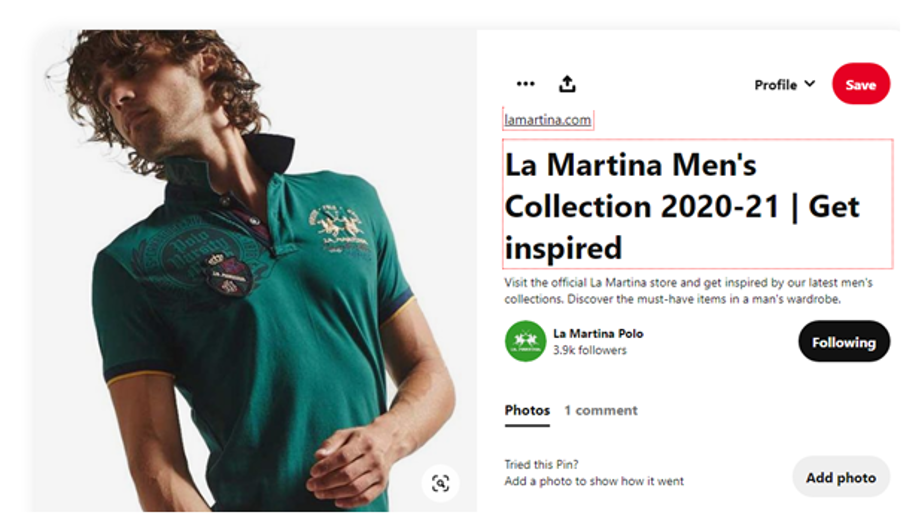
Similarly, you can plan your campaigns using the creatives on email, banner ads, and onboarding mail.
Step 4: Anticipate different ways to use a wide array of creatives
As the year progresses, often, there are instances of new campaigns and products being added to the marketing calendar. To avoid any last-minute run to reshoot, improvise at the onset and build a wide array of creatives. Produce more than you anticipate and create a sizeable bank of creatives.
This way, you do not have to go back to production when a new need arises. For example, if you wish to publish an infographic later, you can use a relevant photo from the creative bank and make it attractive.
One such example is Gymshark, where they had an integrated campaign with Kay Doss and used the shoot to prepare a quiz for their campaign on #MYSHARKBOD Finder and also to create an infographic in that campaign.
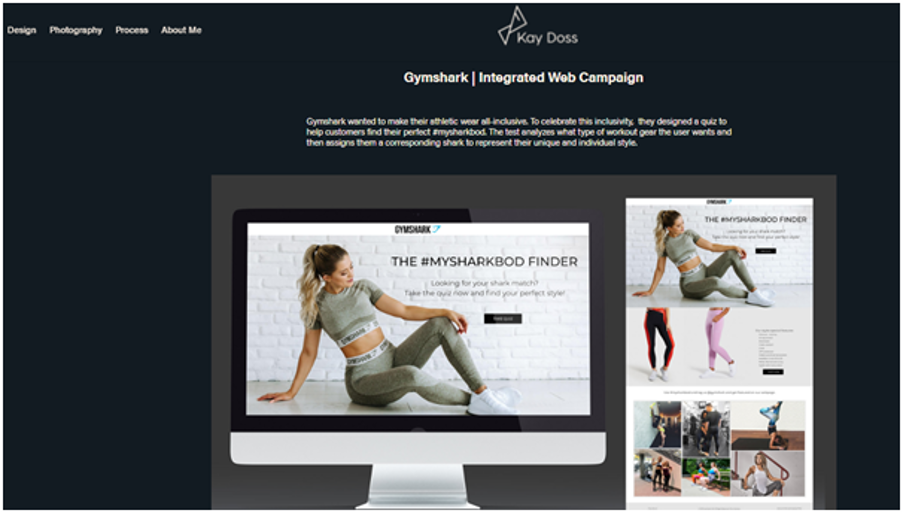
Step 5: Calculate ROI on the production
The best use of the creatives is when you are sure of the ROI on the production. While it could be an ongoing process to use the creatives, it is best to do a periodic check on how well it’s working out for you.
So say, for example, if your content production cost for PPC creatives is £1000 and you have only used it once, you may look to repurpose it on your blog or social media to bring down the cost.
For example, Aritzia has an eye-catching apparel collection for women on their website.
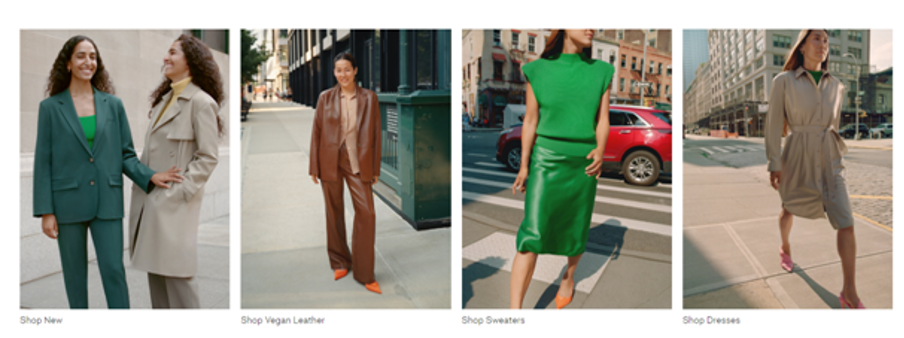
And if their collection pulls you to sign in to their email newsletter, you’re greeted by a new range giving the audience a wide variety to choose from. It showcases plenty of choices for the user, and it also portrays your brand in a good light.
Also, your creatives are put to good use every time, ensuring excellent returns on production.
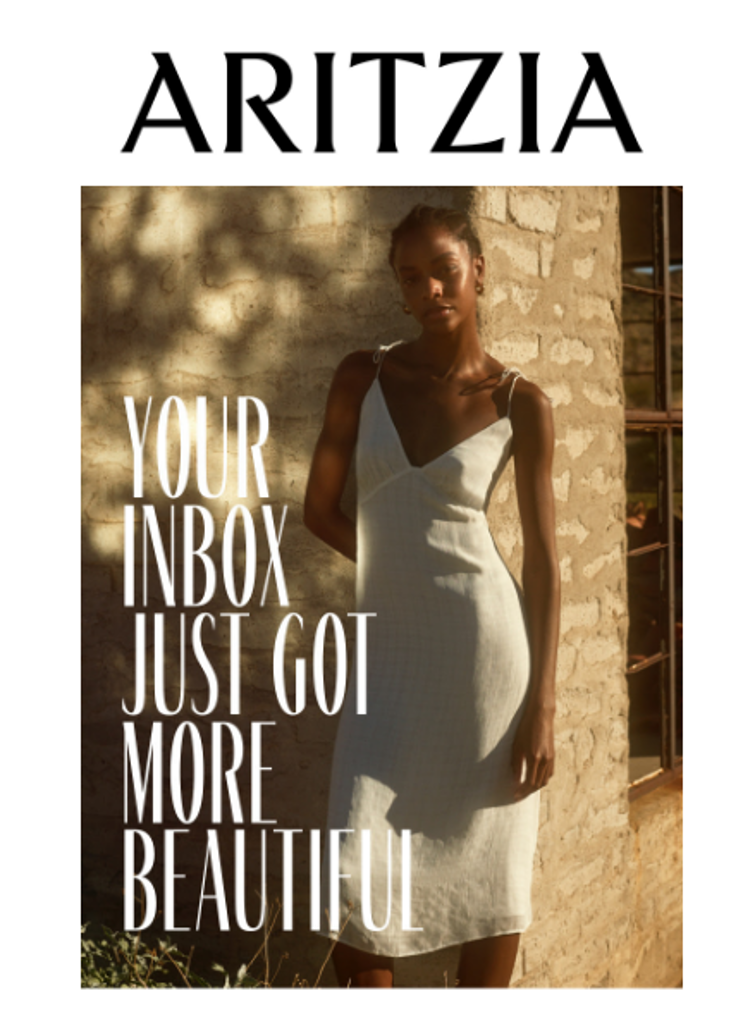
Conclusion
Production assets should not be a one-time use. By effectively using your creatives in multiple campaigns across different channels you give your audience an insight into your offerings. It helps in easy brand recall and positioning.
It also helps appeal to different audiences looking for a choice when picking your products over others. Because your creatives will stand apart from the other stock photos or videos, it’s relatable, unique, and carries your brand story ahead, giving you the much-needed ROI on your creatives.


